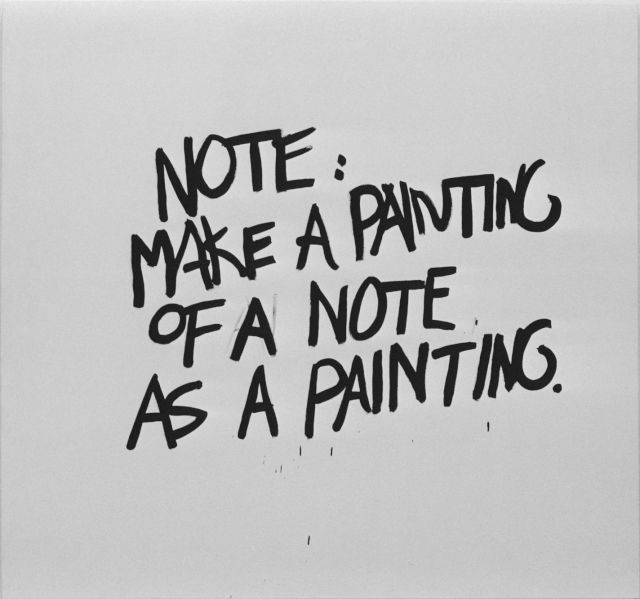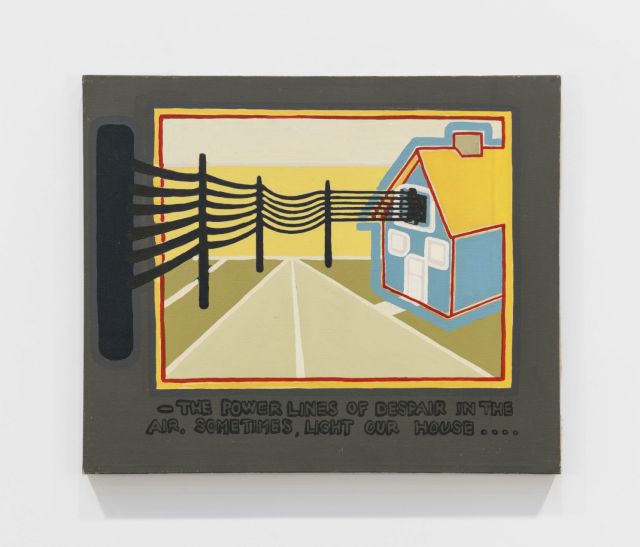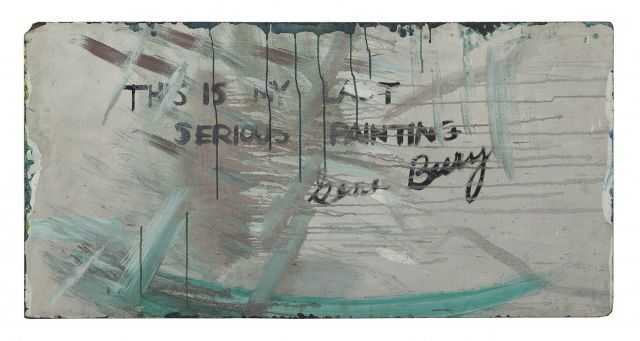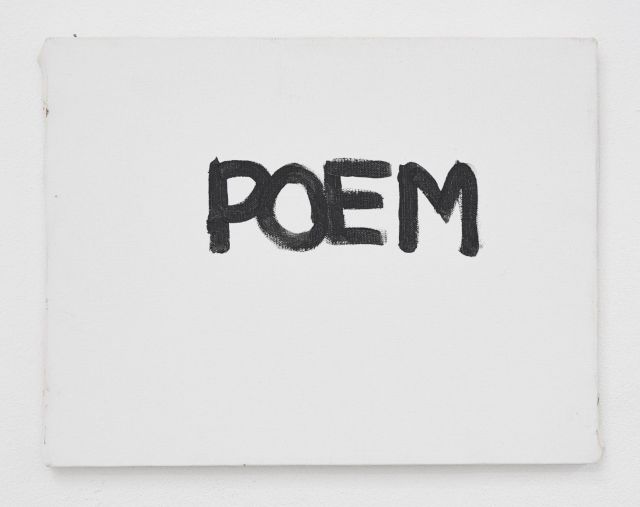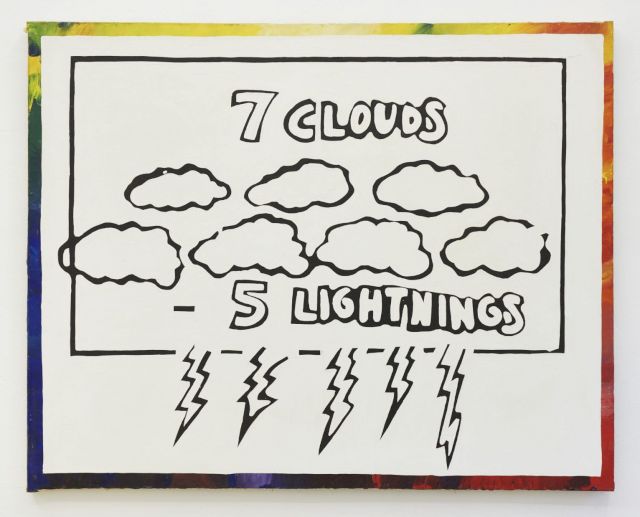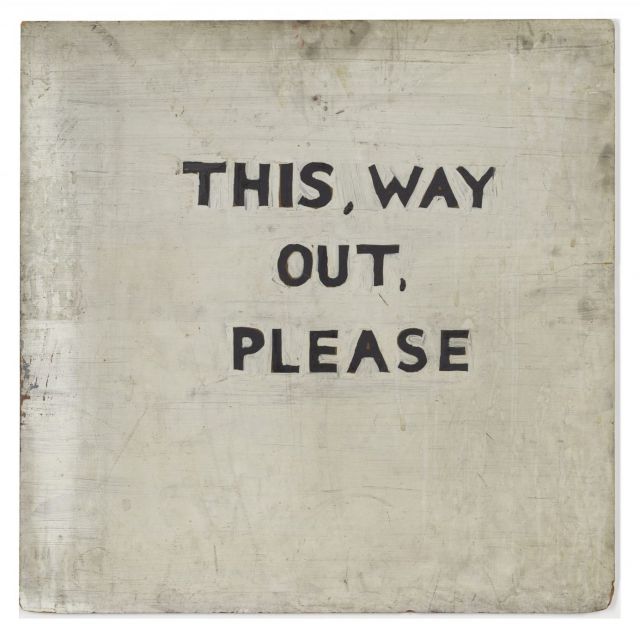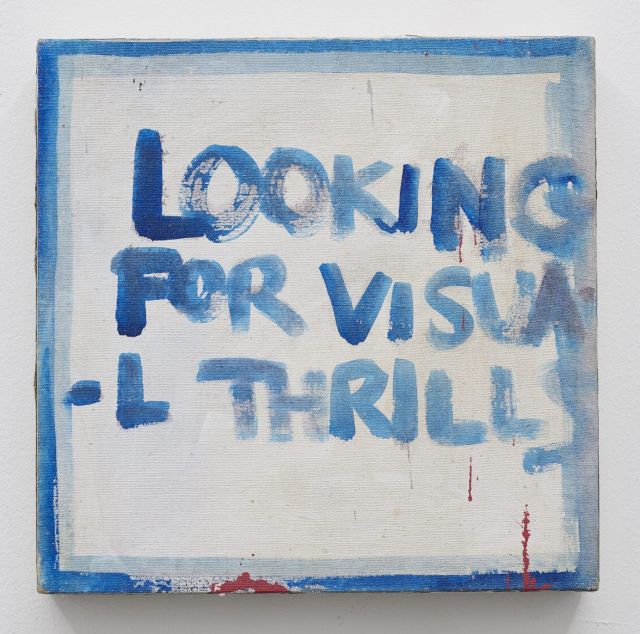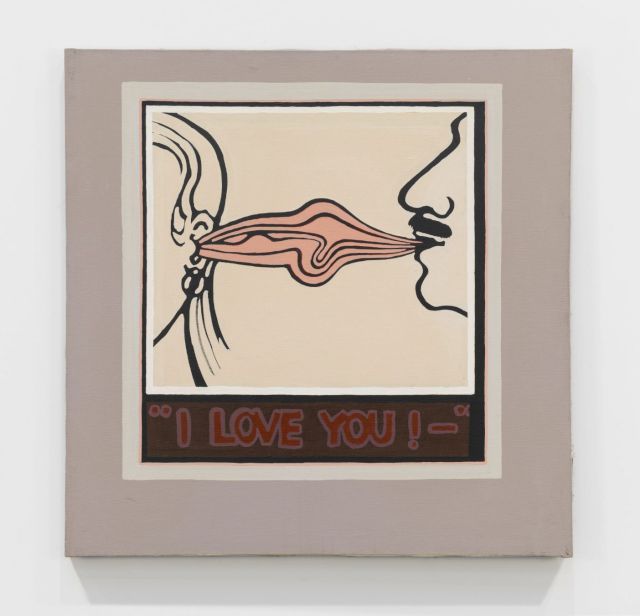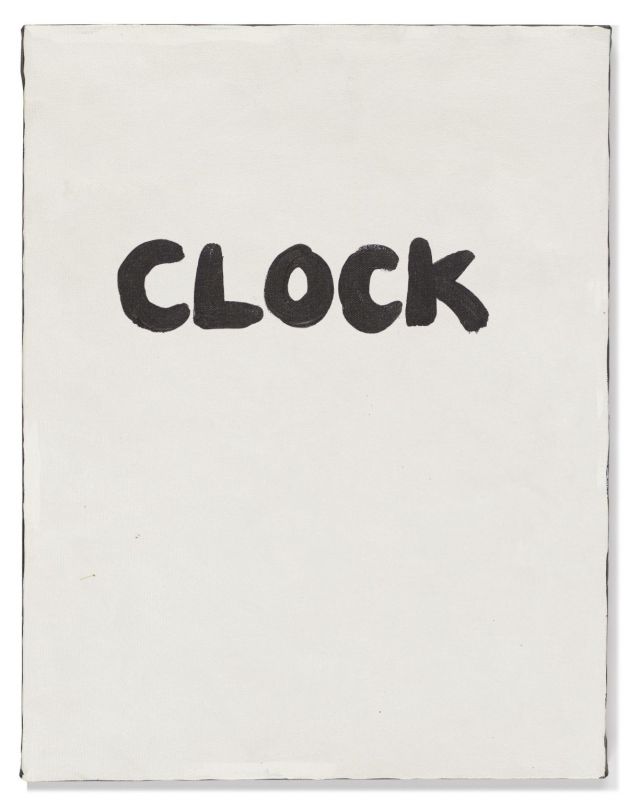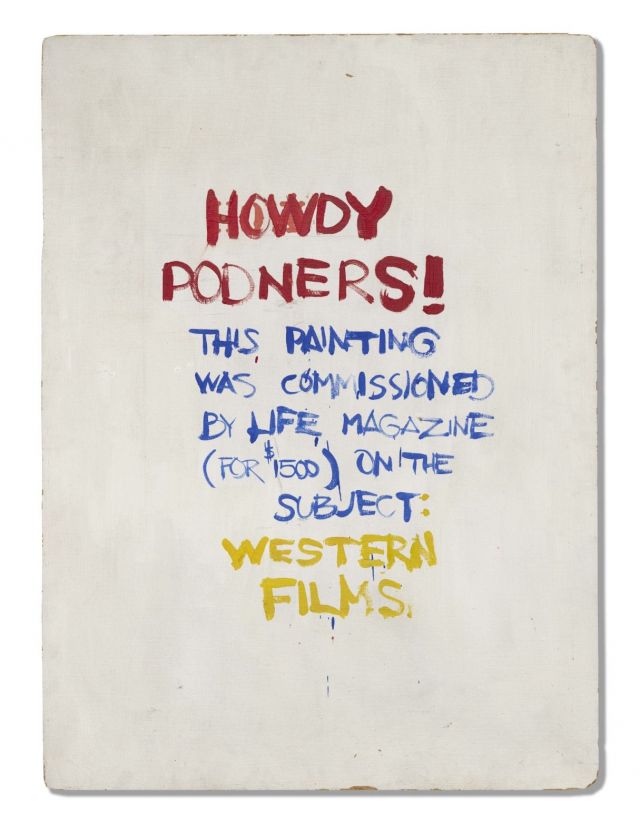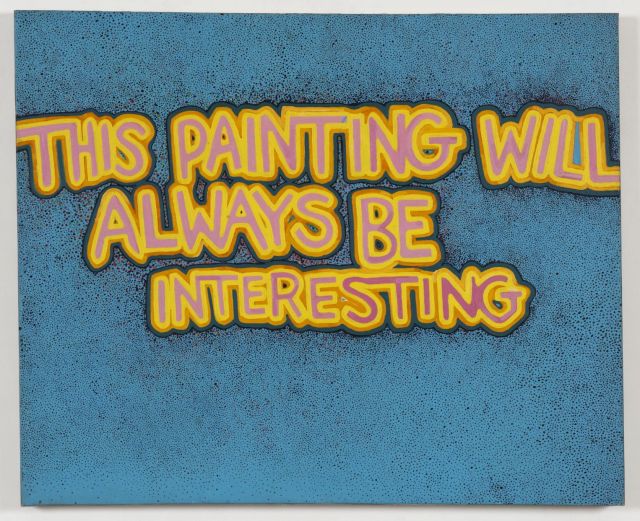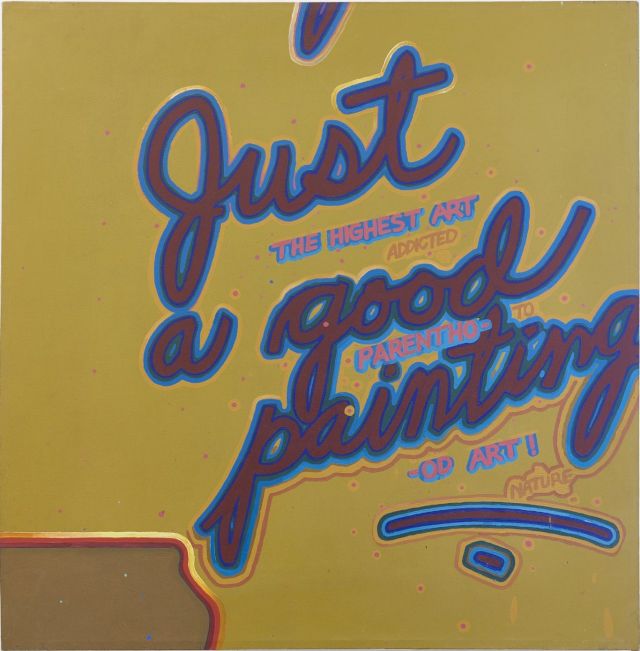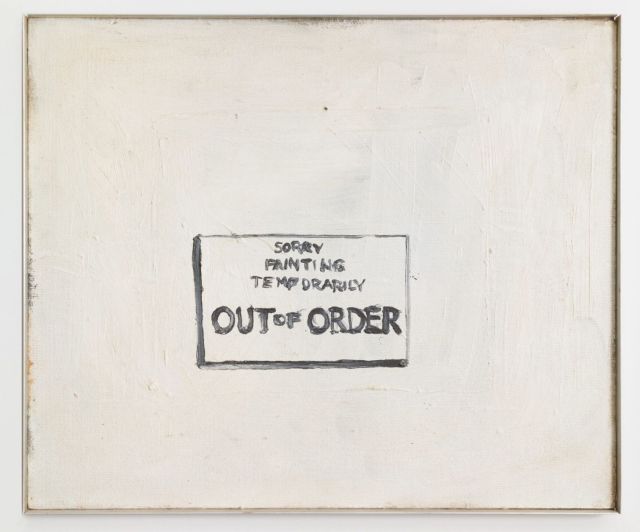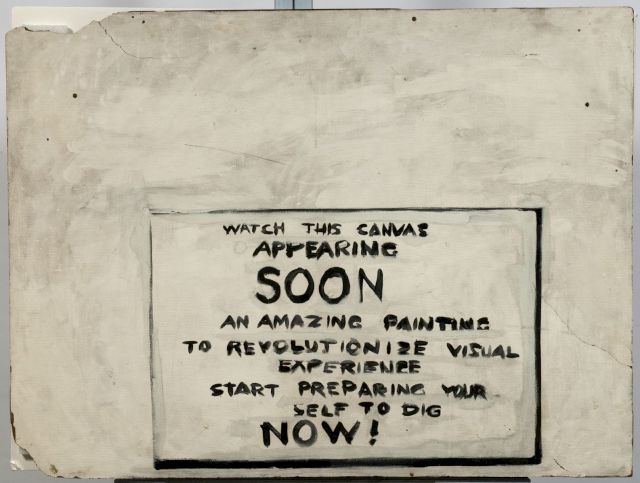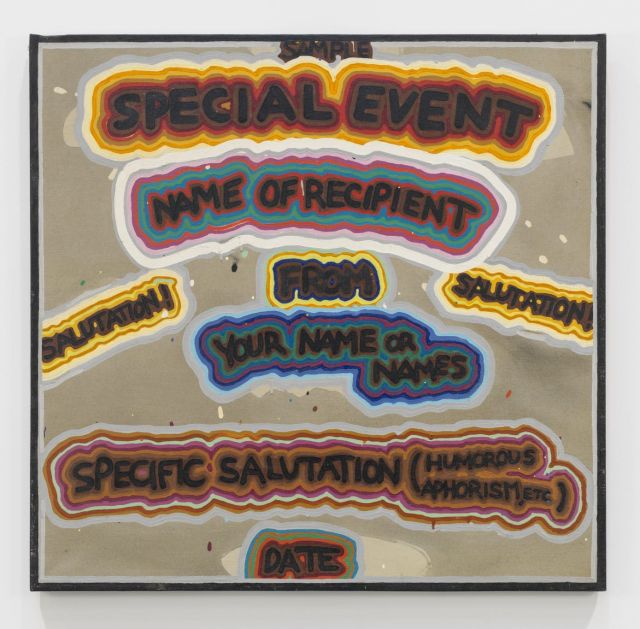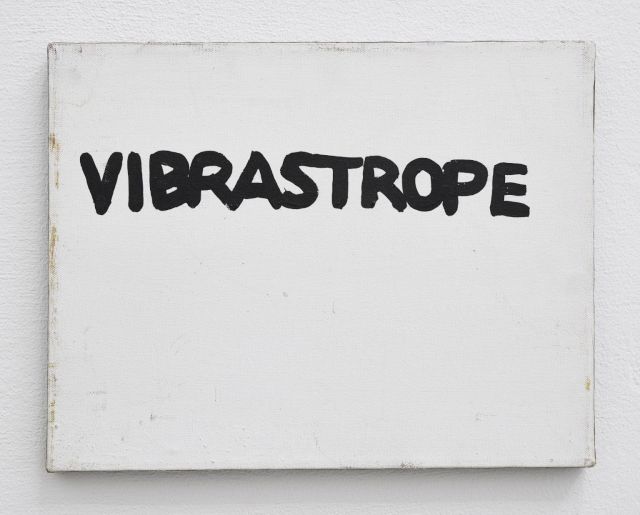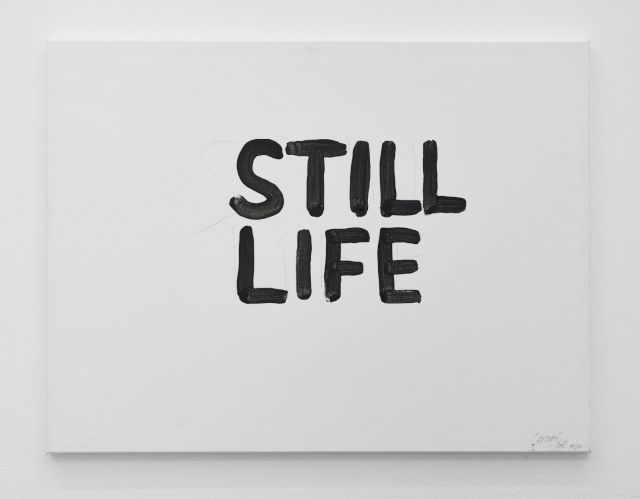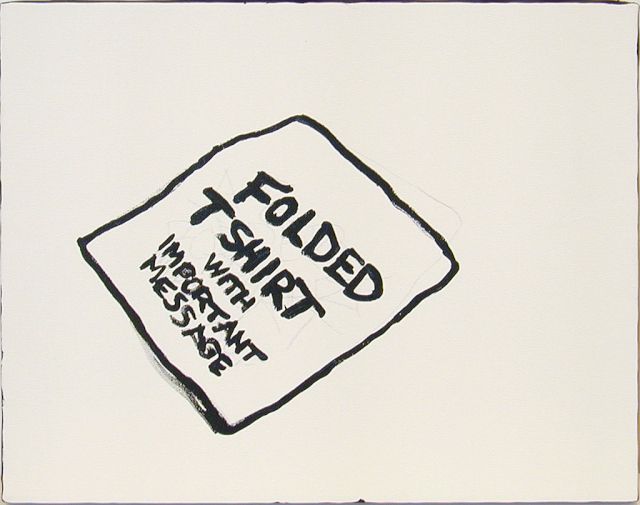Independent Collectors
We Still Have Wild Birds Here
Overlooked American artist Gene Beery (b. 1937), declared and depicted reflections in his paintings with a relevant truth and irony that is no less today.

Iconic minimalist artist, Sol LeWitt, took a particular liking to Beery’s works and stepped in as the artist as collector and acquired (through purchase and gifting) many. The works otherwise were nearly discarded and therefore thanks to Sol’s saving, a pertinence has been preserved.
Bringing this to public view at the Fri Art Kunsthalle in Fribourg, Switzerland, 40 works spanning from 1960 – 2016, are currently exhibited as the first Gene Beery retrospective. The works range from early anti-art paintings (1960-1963), figurative works (1965-1975), the artist-book series (1976-1985) and the burgeoning contemporary period (1986-2016). Many of the works have never been shown before, or at least since the early 60’s.
Many of the works are on loan from The LeWitt Collection, also marking a friendship between Sol and Beery. Like his peers, Beery developed a strong Abstract Expressionist fatigue and his paintings held a truly anti-painting stance. Beery is one of the first artists to use words and text to form visual artworks, reducing the art form to a written idea, which he coined the “Paintogram.” In the early 1990s, he painted “We Still Have Wild Birds Here,” reflecting his concerns about global warming and the preservation of our natural habitat.
Following below recounts the moment that Beery left New York, empty handed of his paintings, which were then saved by Sol:
“For his solo at Lola’s gallery in 1963 Beery showed some fifteen works produced between 1958 and 1963, including eight to ten text paintings. The statements written on these paintings were not necessarily agreeable to artists and art professionals, since they mocked art and art circles. That is probably why professionals, artists and curators did not respond favorably to his work. Nonetheless, the exhibition led some figures in the art world to visit his studio at 117 Hester Street. Beery recalls a meeting with Tinguely and Saint Phalle: ‘Niki and Jean came to the studio. But they didn’t understand my paintings fully. They missed – or avoided – the humor, the deadpan wit. Humor, which is so important for me, was not acknowledged. So I left’.
LeWitt discovered that the landlord was about to clear Beery’s loft and salvaged paintings that otherwise would have gone to the landfill site on Staten Island. These paintings became part of LeWitt and his wife Carol Androccio’s collection. LeWitt and Beery maintained contact through phone calls and postcards. They met whenever the occasion arose. Beery described ‘how an uncannily timely postcard or phone call or art buy by Sol rescued [him] innumerable times from the ex-artist dump. LeWitt’s support of Beery and numerous artists is best known through the collection he built up beginning in the 1960s. Several of these artists had lived in and around Hester Street, including Hannah Darboven, Eva Hesse and Adrian Piper.”
(Jo Melvin and Balthazar Lovay – From the publication Gene Beery, Fri Art, Mousse Publishing, 2019)
Here in this Online Exhibition, we share a selection of works from The LeWitt Collection, as well as a number of works brought together for the purpose of the exhibition, “Gene Beery“.
